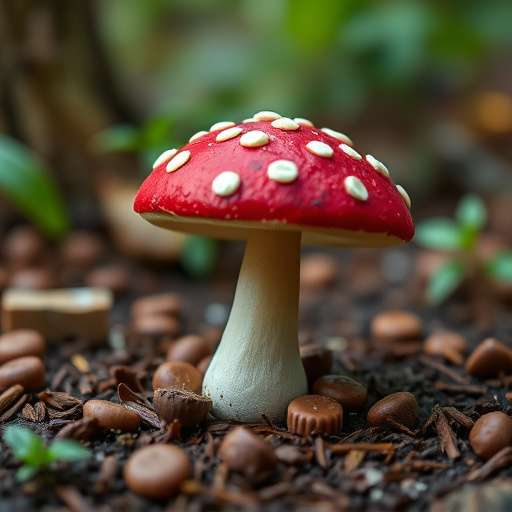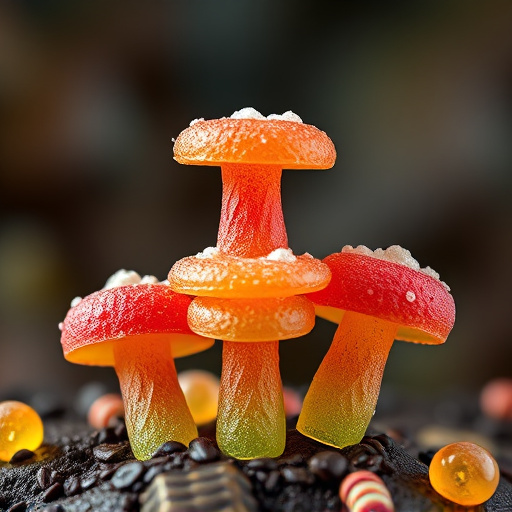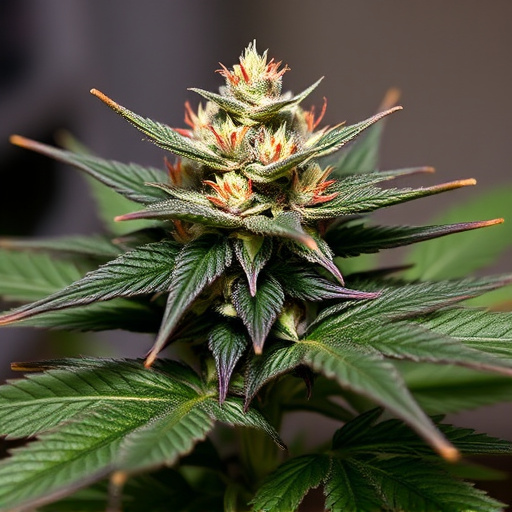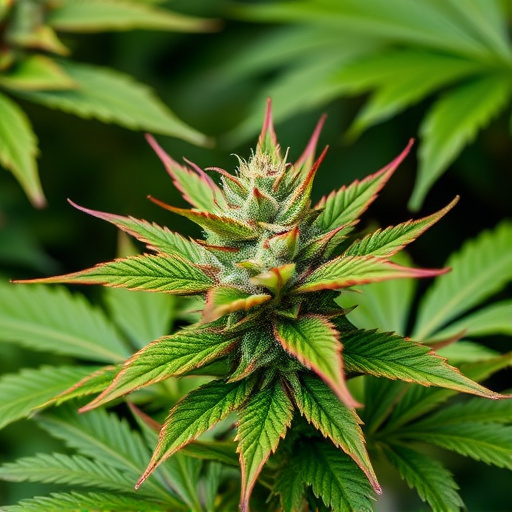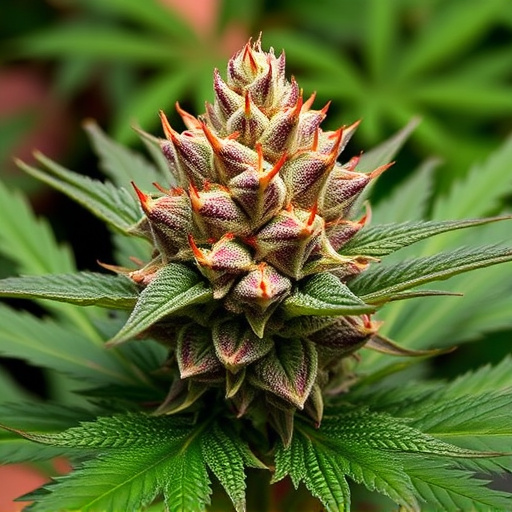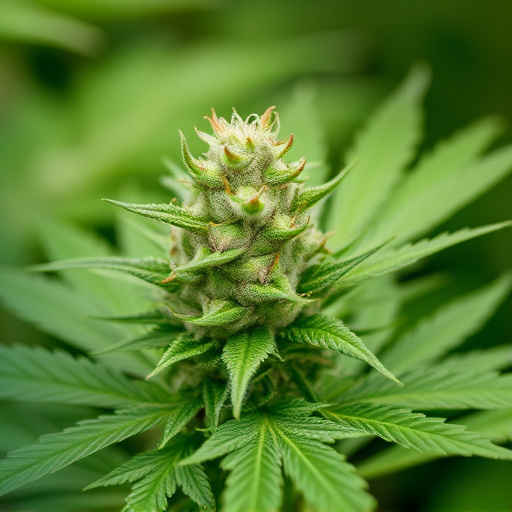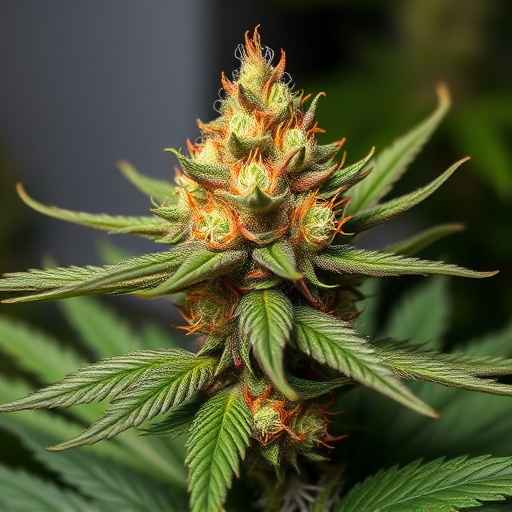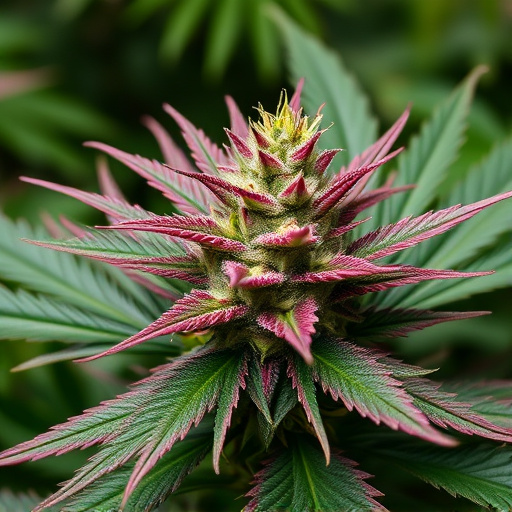THC, a compound in cannabis, interacts with brain receptors to stimulate appetite. Strains high in THC and specific terpenes like myrcene and limonene are popular for their appetite-boosting effects. Indica dominant varieties, such as Granddaddy Purple and Girl Scout Cookies, are commonly used to alleviate nausea and encourage eating in patients with eating disorders or chronic illnesses causing reduced hunger. While offering potential therapeutic benefits, careful use is essential due to complex impacts on hunger hormones; excessive THC consumption can have adverse effects. Healthcare professionals should monitor medicinal cannabis use for safe and effective treatment.
“Unraveling the impact of THC on hunger hormones reveals a fascinating interplay between cannabis and appetite. This article explores how tetrahydrocannabinol (THC) interacts with our body’s hunger signals, offering insights into its potential as a medical tool. We delve into the science behind THC’s effects, highlighting specific strains known for their appetite-stimulating properties. From understanding the mechanisms to considering medical applications, this guide provides a comprehensive look at how cannabis can enhance hunger and potentially benefit various conditions.”
- Understanding THC and Its Interaction with Hunger Hormones
- The Best Cannabis Strains for Appetite Stimulation
- Potential Benefits and Considerations for Medical Use
Understanding THC and Its Interaction with Hunger Hormones
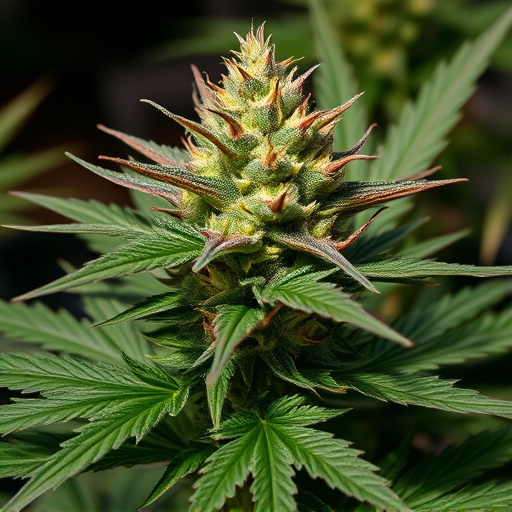
THC, or tetrahydrocannabinol, is a prominent chemical compound found in cannabis that has been the subject of extensive research for its various effects on the human body, including its interaction with hunger hormones. When consumed, THC binds to specific receptors in the brain, known as CB1 and CB2 receptors, which play a significant role in regulating appetite and satiety. This binding can lead to changes in eating behavior, often resulting in increased hunger or a desire for food.
The impact of THC on hunger hormones is complex and has been a point of interest for both scientists and cannabis enthusiasts. Certain strains of cannabis, known for their high THC content, are considered by many to be the best strains for inducing appetite. These strains can help alleviate eating disorders or conditions that cause weight loss. Understanding the intricate relationship between THC and hunger hormones is crucial in exploring potential therapeutic applications of cannabis, especially in fields like medicine and nutrition.
The Best Cannabis Strains for Appetite Stimulation
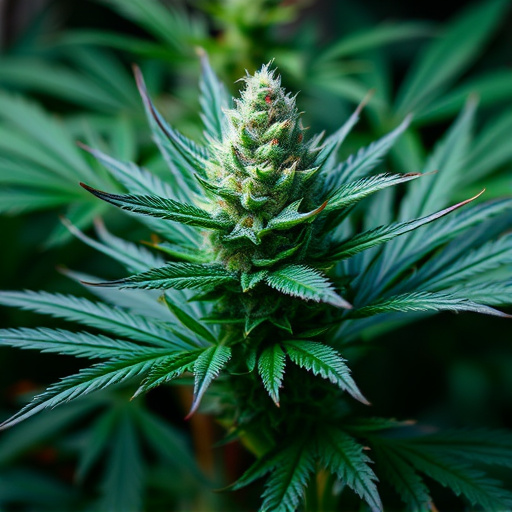
Cannabis has been renowned for its ability to stimulate appetite, making it a potential aid for individuals dealing with eating disorders or those undergoing medical treatments that lead to reduced hunger. Among the various strains, certain types of cannabis are better known for their potent effects on increasing hunger and enhancing taste receptors. The best strains of cannabis for appetite stimulation often contain high levels of Tetrahydrocannabinol (THC), a compound known for its psychoactive properties. Popular choices include Indica dominant strains such as Granddaddy Purple, Girl Scout Cookies, and Blue Dream. These strains are renowned for their relaxing and sedative effects, which can help alleviate nausea and promote a healthy appetite.
Additionally, specific terpenes present in cannabis play a crucial role in its appetite-stimulating properties. Myrcene, a common terpene found in many Indica strains, has been linked to increased hunger and improved taste perception. Limonene, on the other hand, is known for its uplifting effects and can enhance food cravings. When seeking the best strains of cannabis for appetite stimulation, look for those with higher THC content and a balance of terpenes that target hunger-related receptors in the brain.
Potential Benefits and Considerations for Medical Use
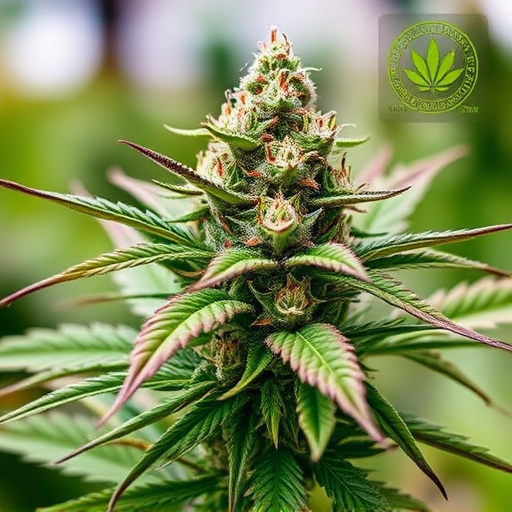
The potential benefits of THC in managing hunger and appetite-related disorders are becoming increasingly recognized, opening doors for medical applications. Research suggests that certain strains of cannabis with high THC content can stimulate appetite and promote eating, which could be a game-changer for patients suffering from conditions like chronic pain, cancer, or HIV/AIDS, often leading to anorexia or weight loss. These strains, considered some of the best in the market, offer not only psychoactive effects but also significant therapeutic advantages.
However, considerations are essential when discussing medical use. The impact of THC on hunger hormones is complex and may vary from person to person. While it can induce a strong desire to eat, excessive consumption or misuse could lead to adverse effects, including gastrointestinal discomfort or anxiety. Therefore, the use of cannabis for medicinal purposes should be carefully monitored by healthcare professionals, especially when treating eating disorders.
THC’s impact on hunger hormones presents a complex interplay between pleasure and stimulation. While it can induce cravings, certain cannabis strains, known as the best strains of cannabis for appetite stimulation, offer medical potential for those seeking to enhance their appetite. Understanding how THC interacts with our body’s natural hunger signals is key in navigating its benefits and considerations for those dealing with eating disorders or conditions like nausea from chemotherapy. Further research may uncover more insights into this fascinating relationship, opening doors for innovative treatments using these best strains of cannabis.



